Scientists have presented many arguments to prove that Quynh Vien Pagoda on Nam Gioi Mountain (Dinh Ban Commune, Thach Ha District, Ha Tinh) is the first place where Vietnamese Buddhism originated.
Quynh Vien Pagoda is located on Nam Gioi Mountain (Dinh Ban Commune, Thach Ha) seen from above. Photo: Giang Nam
Recently, at the Buddhist Cultural Center of Ha Tinh province (Ho Do commune, Loc Ha district), the Vietnam Buddhist Sangha of Ha Tinh province coordinated with Vinh University to organize a national scientific conference "Ha Tinh Buddhism in the historical and cultural flow of Vietnamese Buddhism".
The conference gathered many leading cultural and Buddhist researchers in the country such as: Professor. Zen Master Le Manh That; Associate Professor. Dr. Tran Duc Cuong - President of the Vietnam Historical Science Association; Associate Professor. Dr. Chu Van Tuan - Director of the Institute of Religious Studies...
Overview of the national scientific conference "Ha Tinh Buddhism in the flow of Vietnamese Buddhist history and culture" taking place at the end of March 2023.
With the participation and evidence of the Executive Council of the Vietnam Buddhist Sangha, scientists have presented many arguments to prove that: About 2,200 years ago, at Quynh Vien Pagoda located on Long Ngam Mountain (Nam Gioi Mountain, in the territory of Dinh Ban Commune, Thach Ha today), the Indian monk Phat Quang stopped here to spread Buddhism to Asian countries on his way to spread Buddhism. And the first Vietnamese Buddhist accepted as a disciple by the monk was Chu Dong Tu. Therefore, Quynh Vien Pagoda is considered the first place where Buddhism originated in Vietnam.
Along with arguments from ancient documents and historical records, researchers also presented evidence of remaining traces on the top of Long Ngam mountain today such as: Quynh Vien pagoda, the foundation of the house built by Chu Dong Tu and Tien Dung was made of many large stone slabs; fields were renovated for cultivation...
Part of the house foundation is believed to have been built by Chu Dong Tu about 2,200 years ago, located on the top of Long Ngam (Nam Gioi mountain).
Located on the west side of Nam Gioi mountain, Quynh Vien pagoda is located halfway up Long Ngam range, facing Cua Sot creek, on the other side is Thach Kim commune (Loc Ha district). About 300m to the north of the pagoda is Chieu Trung Dai Vuong Le Khoi temple, which has been recognized as a national historical and cultural relic.
Entrance to Quynh Vien Pagoda at low tide.
Unlike many recently renovated pagodas in Ha Tinh, Quynh Vien Pagoda is quite small and simple, nestled deep in the dense forest.
Apart from the path leading up to the pagoda, which consists of a few hundred stone steps, parallel to a small stream flowing into Cua Sot beach, there is no official road to the pagoda by road. Therefore, when the tide is high, Quynh Vien pagoda becomes isolated from the outside world .
In front of Quynh Vien pagoda gate.
Quynh Vien Pagoda has a total current area of about 6,700 m2 , the temple grounds have 3 main structures including: a Buddhist temple (with 3 upper, middle and lower rooms) with a total area of about 40 m2 ; next to the right is a temple to worship the Holy Mother of about 15 m2 ; on the left of the main temple is a small shrine. In addition, there are 2 other structures: a ceremony preparation house and a monk's house.
The pagoda has a well in front of the yard, which is believed to be very old, and some ancient banyan trees. All the constructions were built and renovated by Buddhists around Cua Sot area in Loc Ha and Thach Ha districts.
Quynh Vien Pagoda is simple with few constructions contributed by Buddhists.
According to the records of the Quynh Vien Pagoda Board of Trustees, the pagoda was built a long time ago, however, due to time and war, the pagoda collapsed and was damaged many times. In 1963, the pagoda was completely destroyed by American bombers, leaving only a pile of rubble.
In 1973, Buddhists and people of Thach Kim, Thach Bang communes (now Loc Ha town, Loc Ha district), Thach Dinh, Thach Ban (now Dinh Ban commune - Thach Ha) together restored it. In 2011, the pagoda was renovated with many items, becoming a place for Buddhists from near and far. However, compared to its historical and cultural value, the pagoda has not yet received investment in construction and restoration to its proper level as the first birthplace of Buddhism in Ha Tinh as well as the whole country.
The main structure of Quynh Vien pagoda is the Buddha worshiping hall consisting of 3 rooms: upper, middle and lower hall.
As a layman in a family with a tradition of 3 generations of guardians and contributors to the pagoda, including his grandfather, father and himself, Mr. Tran Ngoc Thanh (born in 1957, in Loc Ha town) - Head of the Guardian Board of Quynh Vien Pagoda said: "Quynh Vien Pagoda has long been famous for its sacredness, a spiritual support for fishermen going to sea in the Cua Sot area.
However, due to its isolated location and the difficult lives of most fishermen, the construction of the pagoda, despite our efforts, has not been as expected. We hope that the authorities and organizations will invest in the construction so that the pagoda will have a spacious place of worship worthy of the status of an ancient and valuable pagoda.
Mr. Tran Ngoc Thanh (brown shirt) talks with Mr. Pham Cong Tung - Vice Chairman of Dinh Ban Commune People's Committee about work at the pagoda.
Mr. Pham Cong Tung - Vice Chairman of Dinh Ban Commune People's Committee said: "With its great values, the government and people of Dinh Ban Commune really want to build Quynh Vien Pagoda into a relic worthy of its status. However, Quynh Vien Pagoda has not yet been ranked as a provincial relic. Therefore, there are obstacles to calling for investment in construction and restoration."
It is known that recently, in parallel with coordinating with a number of research groups to conduct field trips to sites around Quynh Vien Pagoda on Nam Gioi Mountain, the People's Committee of Dinh Ban Commune also submitted a petition to the People's Committee of Thach Ha District and the Department of Culture, Sports and Tourism to prepare a dossier to recognize the pagoda as a provincial-level historical and cultural relic.
Despite its many values, Quynh Vien Pagoda has not yet been ranked as a provincial relic.
According to many experts in culture and tourism, Quynh Vien Pagoda not only has great historical and cultural value, but is also located in the Nam Gioi mountain complex with many ranked relics and scenic spots such as Le Khoi Temple, Quynh Vien Beach, Thach Hai Beach... These are favorable conditions for tourism development.
If properly invested in, Quynh Vien Pagoda will be a destination attracting tourists from all over the world to visit.
3D graphic of the future Quynh Vien pagoda built by a design unit. Photo: Dinh Ban Commune People's Committee provided.
“Along with preparing a dossier to submit to the Department of Culture, Sports and Tourism to propose ranking Quynh Vien Pagoda as a provincial-level relic, we are also considering planning to expand the pagoda grounds and requesting the province's approval to invest in the construction of this relic.
With many advantages in terms of cultural, historical, spiritual values, geographical location, and scenic spots for tourism development, we believe that if approved for construction, Quynh Vien Pagoda and the system of relics and scenic spots of Nam Gioi Mountain will be attractive destinations in the future."
Mr. Nguyen Ba Ha - Vice Chairman of Thach Ha District People's Committee
Angel
Source


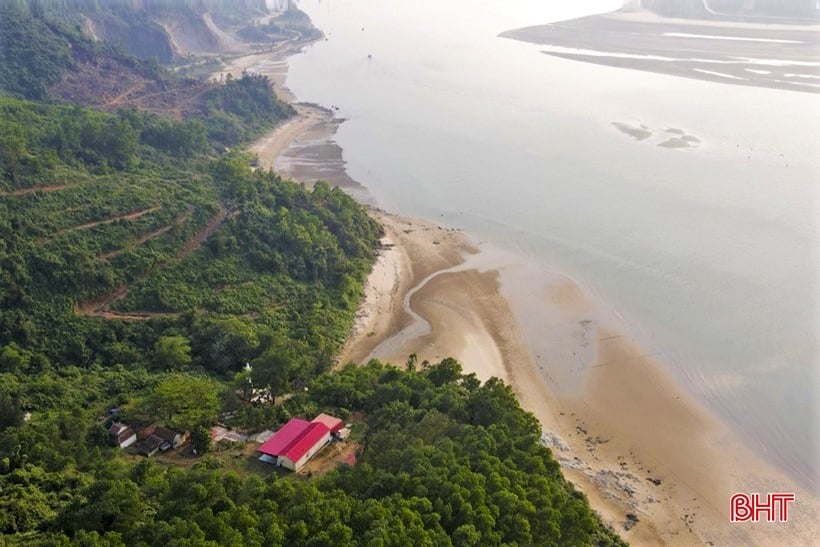
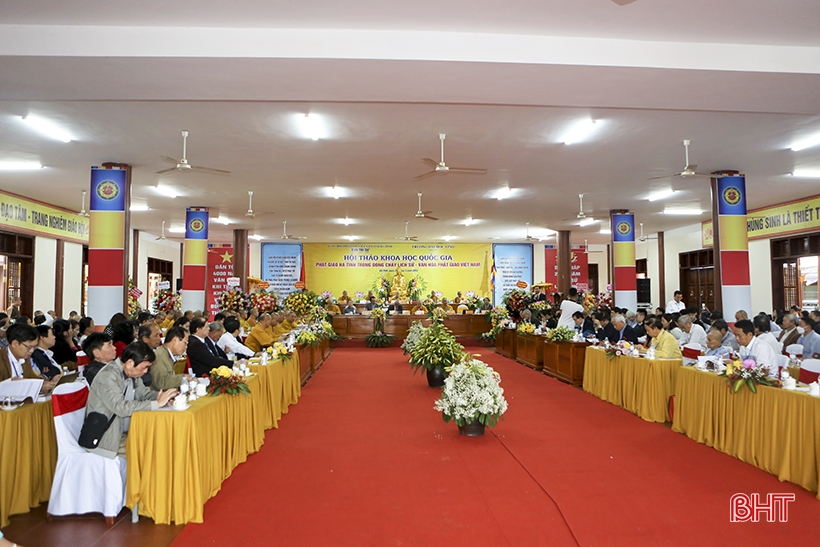
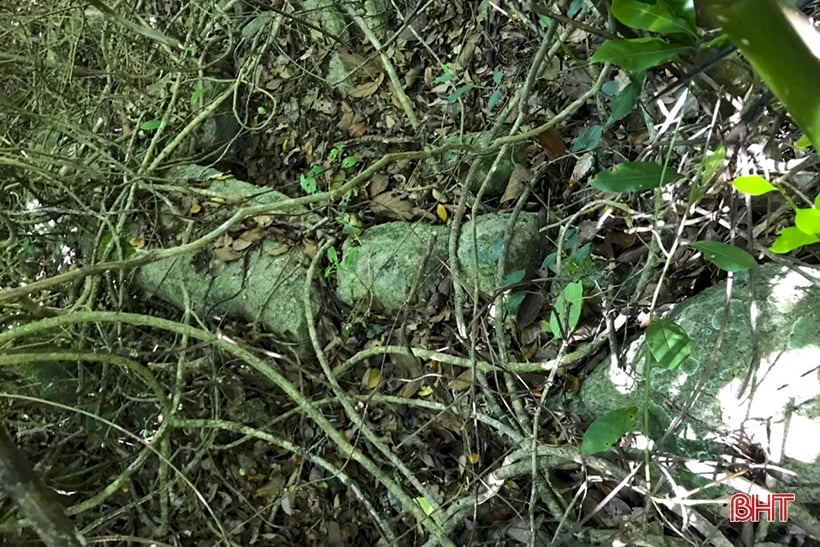
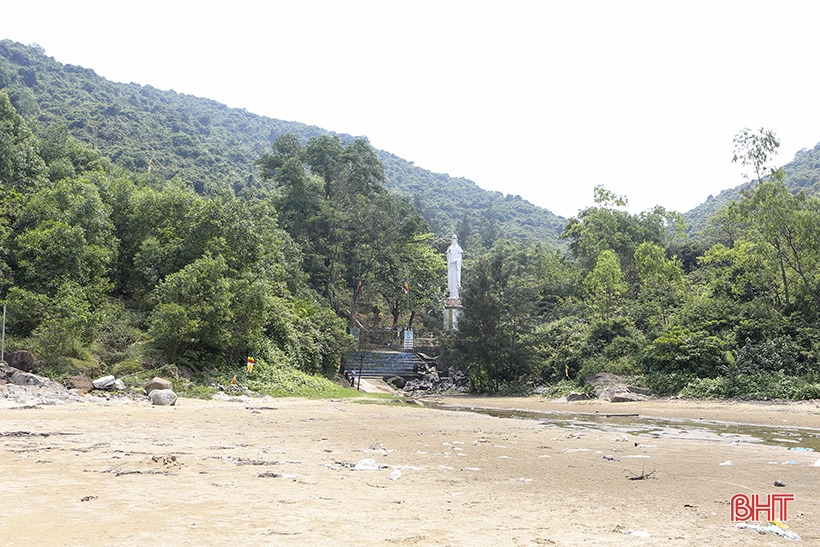
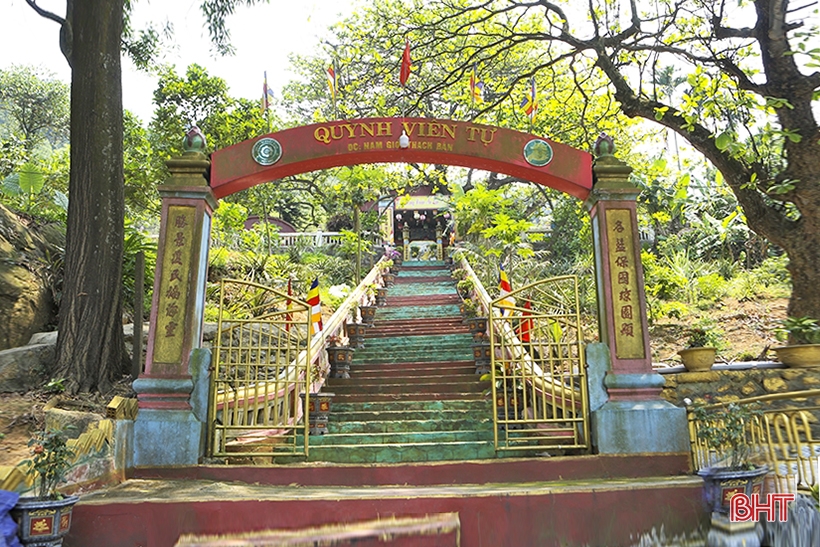
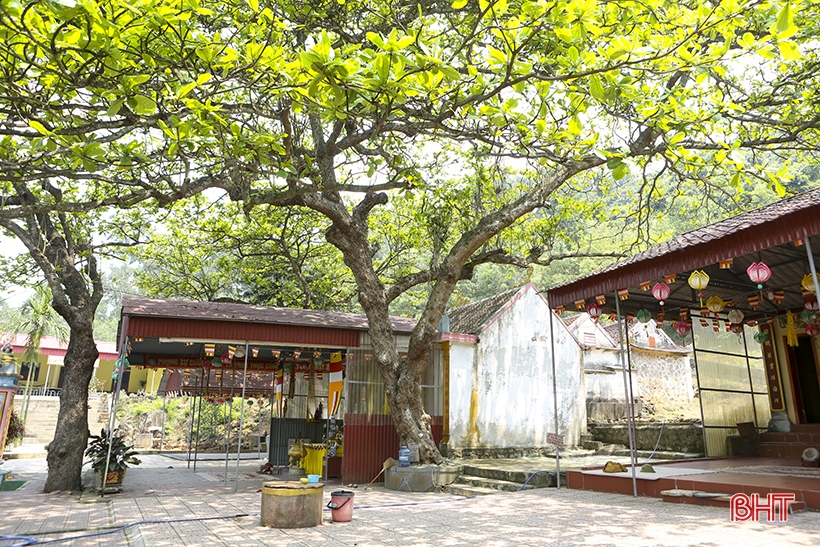
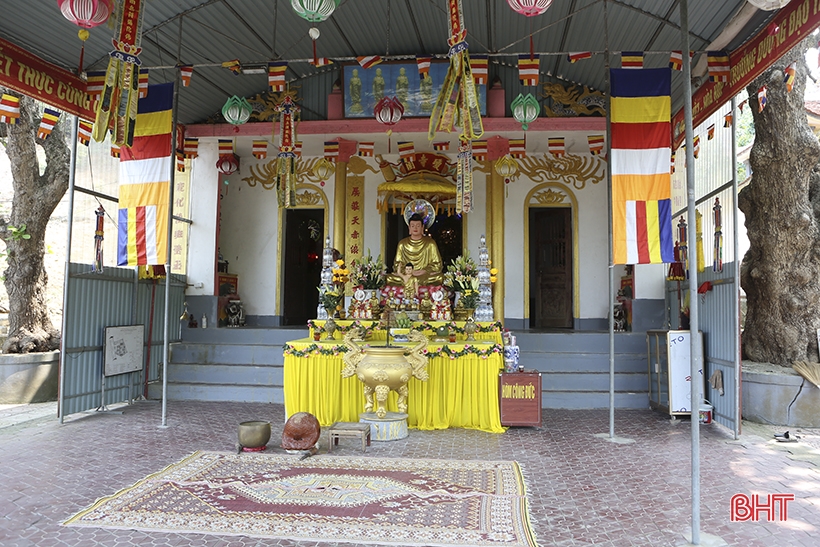
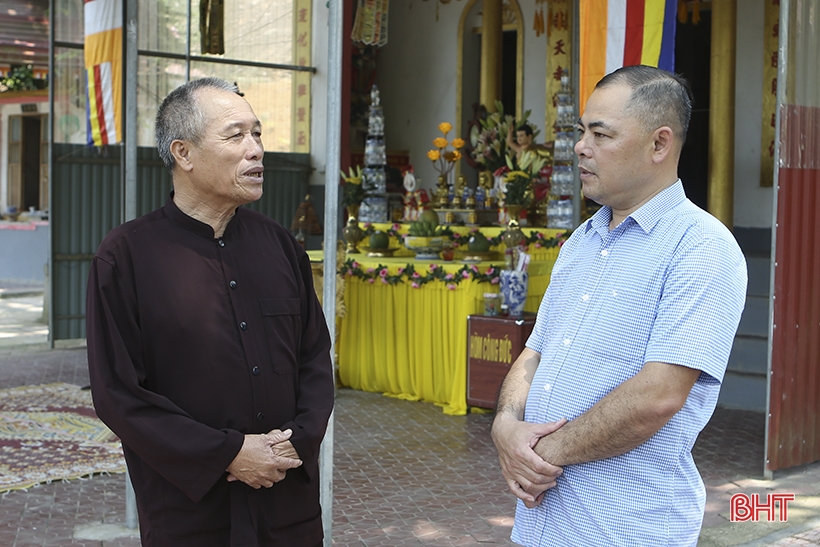
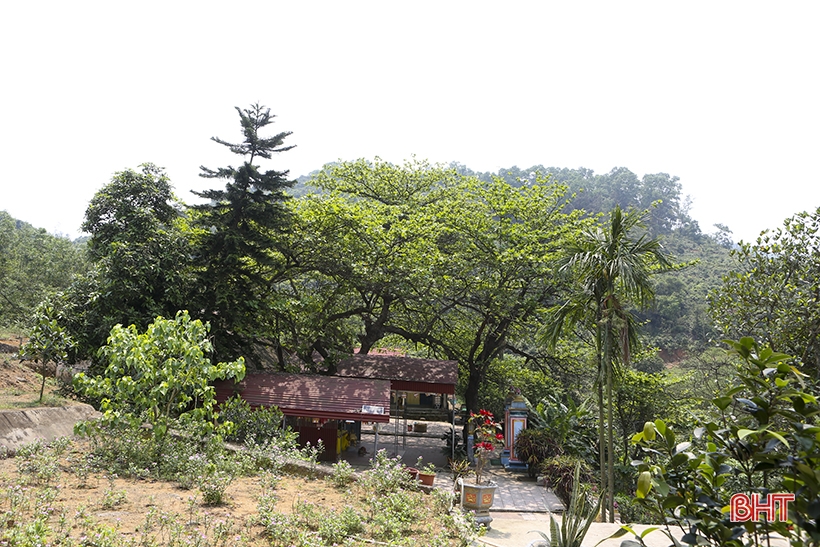
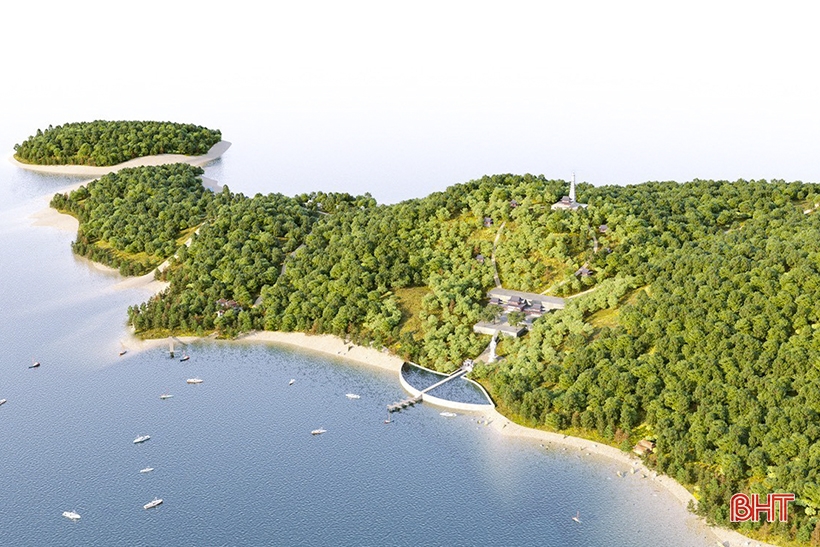
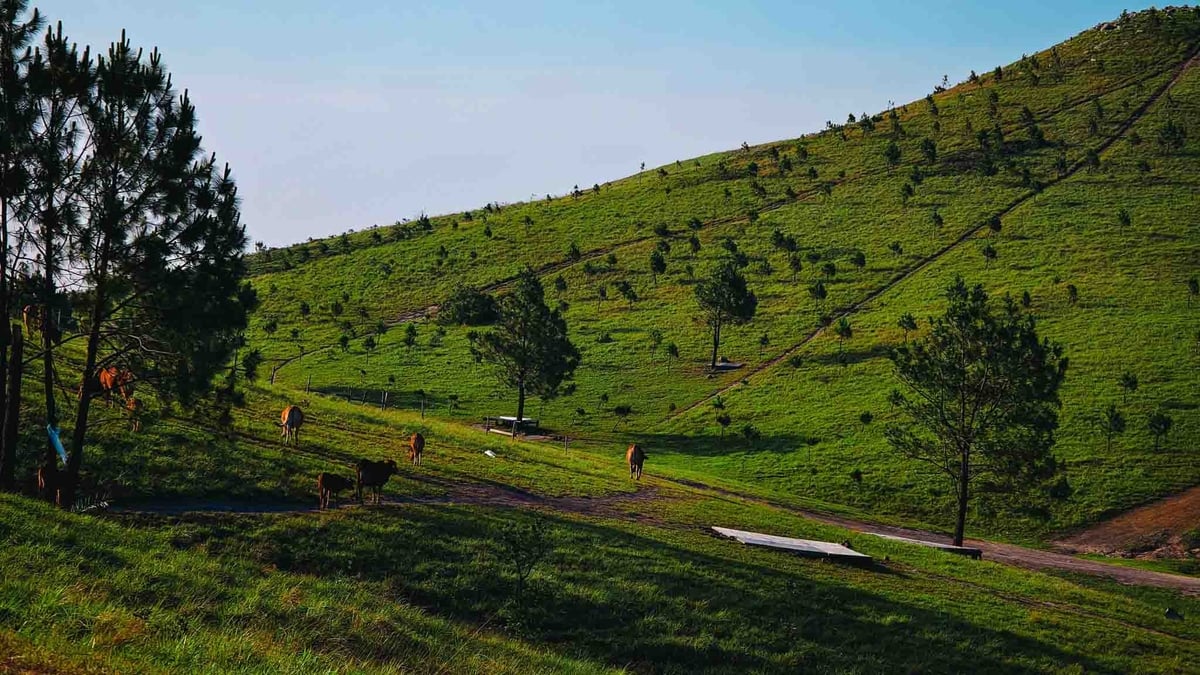



![[Photo] General Secretary To Lam works with the Central Inspection Commission](https://vphoto.vietnam.vn/thumb/1200x675/vietnam/resource/IMAGE/2025/5/22/54820e91fd124c4cb691961718c4ee5d)
![[Photo] Prime Minister Pham Minh Chinh chairs the Government's special meeting on law-making in May](https://vphoto.vietnam.vn/thumb/1200x675/vietnam/resource/IMAGE/2025/5/22/1c880aae96fd4e0894abc47a46fe19ba)




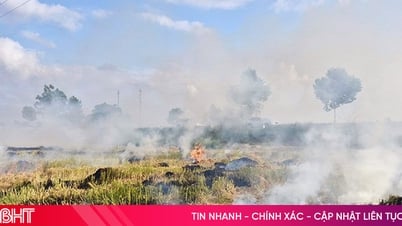







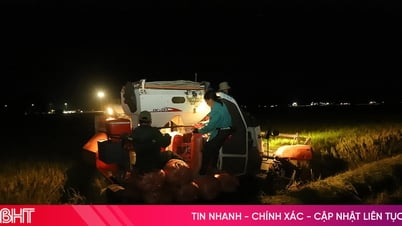


































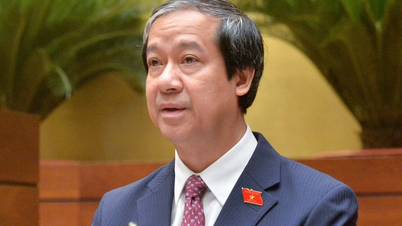

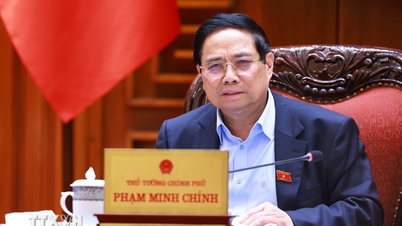


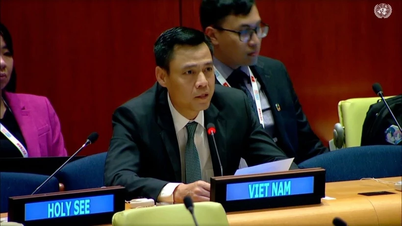



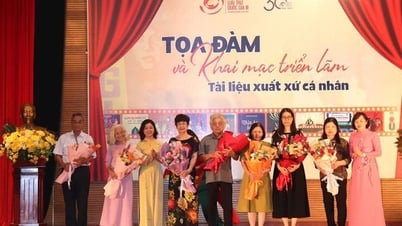
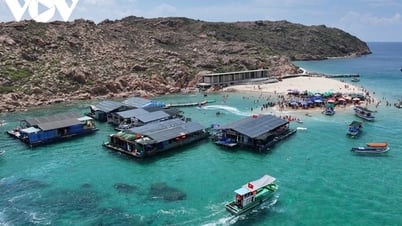

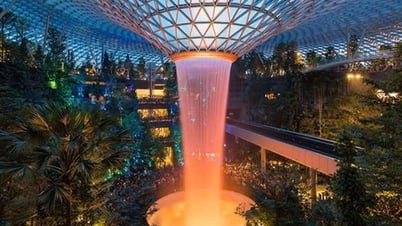



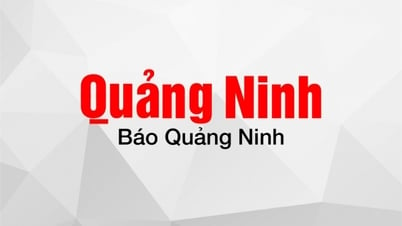




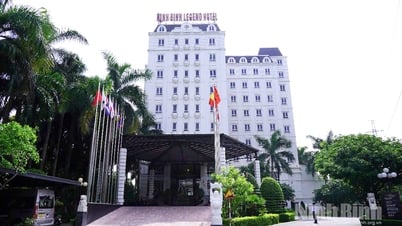

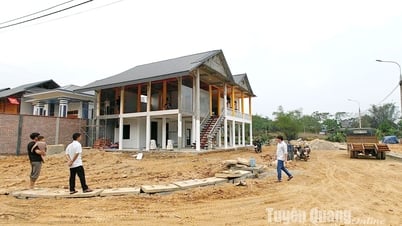





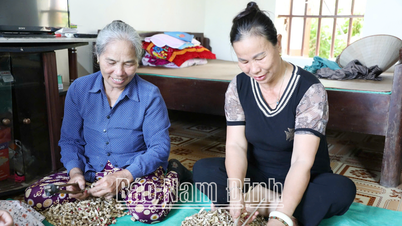







Comment (0)